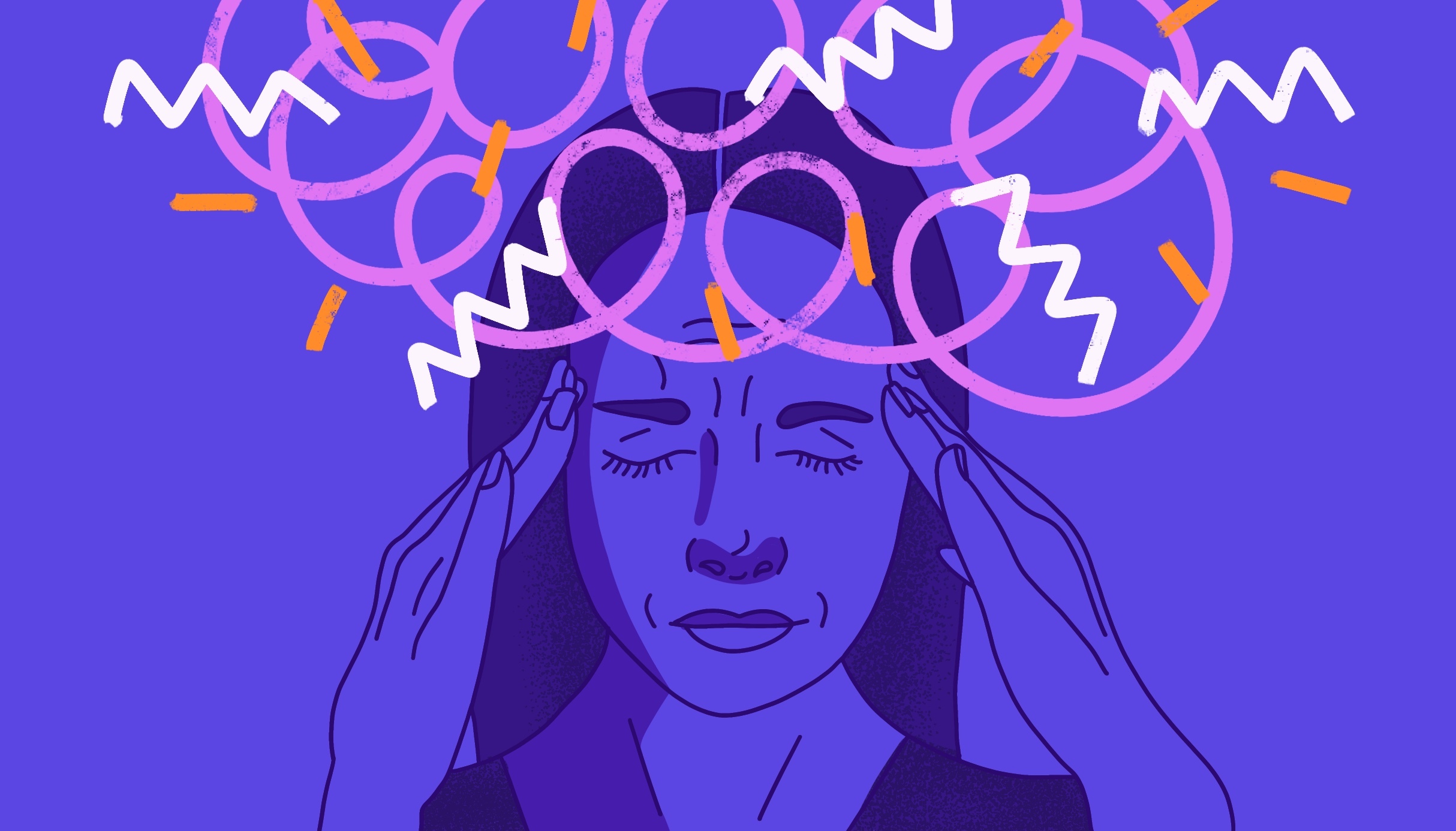
At 14, Sage Whitty struggled to focus on school assignments, experienced severely low self-esteem and was the victim of constant bullying. He performed well on tests and aced every pop quiz, but unfinished homework and in-class assignments littered his desk.
He rarely turned in his work, sometimes because he couldn’t focus, other times because he feared rejection. Rather than attending his 8th-grade dances or making plans for high school, he sat alone in his room, lost and confused about what to do next.
With no support system, no answers and few resources at his fingertips, Whitty made a life-altering decision: he dropped out a year before he would have started high school.
Teachers attributed his obstacles to a refusal to listen and treated him “like a misbehaved child,” unable to understand how he performed so well on tests but failed miserably at completing other coursework.
In adulthood, Whitty’s answers came when he was diagnosed with attention-deficit/hyperactivity disorder, also known as ADHD. The condition begins in childhood, but doctors do not always diagnose it early, and symptoms remain as those with ADHD get older.
For some, symptoms improve with age; for others, they drastically worsen.
“My mom had given up on me [after I dropped out], so I did not have any sort of support system at home, and my school offered little help,” Whitty said. “I worked hard and managed to receive my high school equivalency diploma by 16, but I still will never get that high school experience back. “
Symptoms of ADHD include daydreaming, talking more than the average person, difficulty communicating with others and trouble paying attention. According to CHADD, 32% of students with ADHD drop out of high school compared to 15% of teenagers without a psychiatric disorder.
ADHD completely changed the trajectory of Whitty’s life. Whitty, now 23, believes the invisible nature of the disorder can make it challenging for others to see the extent of his struggles significantly as he has grown older and entered the workforce.
“Outsiders only notice ADHD when it’s affecting other people,” Whitty said. “When children are in school, they’re making a direct impact on the classroom, but ADHD in adults resides mostly in the home. People who aren’t intimately involved in their daily life are less likely to notice the symptoms, and they may just think the person with ADHD is lazy.”
After earning his high school equivalency diploma, Whitty went on to work in foodservice, where he feels he thrives thanks to the fast-paced environment. Like many people with ADHD, Whitty has switched jobs frequently.
He worked as a cashier and then a manager for several months before becoming a receptionist and returning to food service again as a cashier.
He manages to balance his work and social life, but the shadow of his ADHD follows him into adulthood, creeping into all aspects of his life.
“I find myself lying in bed for hours with no energy or motivation to get up,” he said. “I often forget to clean myself or my home, and it turns into a vicious cycle.”
Whitty says maintaining friendships also comes as a challenge because of his chronic forgetfulness and depressive symptoms.
Those diagnosed with ADHD are more likely than the average person to experience depression; in fact, one study found that children with ADHD are ten times more likely to develop depression than children without ADHD.
“It goes beyond [not cleaning my home]; I forget to reply to texts, plans with friends, and I forget their birthdays,” he said. “I become so ashamed that I often end up pushing people away and losing friends as a result.”
Whitty says he has accepted that he will always have lower energy levels than those around him due to his disorder, which affects his ability to perform at school and hinders him at work. Adults cannot outgrow ADHD, though the disorder’s presentation often changes with age.
“Having ADHD as an adult affects my executive functioning skills to an extreme extent,” Whitty said. “I find myself struggling with the most basic everyday tasks: cleaning my house, showering, and even enjoyable activities that I don’t want to be missing out on.”
Rather than ignoring the obstacles brought on by his ADHD, Whitty chooses to acknowledge its effects on his daily life and adapt. He communicates with his coworkers and friends about his emotional state, takes mental health days when necessary and only takes on jobs that take advantage of his strengths, not highlight his weaknesses.
“In my job, there are no time-sensitive demands, [and] the fast-paced environment can often act as a sort of dopamine rush,” Whitty said. “I have high energy levels sometimes because of my ADHD, so I get to use that to my advantage here. That’s who I am, so I work a job that works with it.”
While Whitty makes the most of his situation, finding solutions in a world designed for people without ADHD does not always come easily. Resources for adults with the disorder remain sparse, leaving millions of adults to navigate unfamiliar, rocky waters alone.
“When children with ADHD become adults, their ADHD doesn’t magically disappear,” Whitty said. “It seems like there is so much support for children with ADHD, which is great, but adults are consistently left behind when we’re here, too, still existing and struggling with this disorder.”
